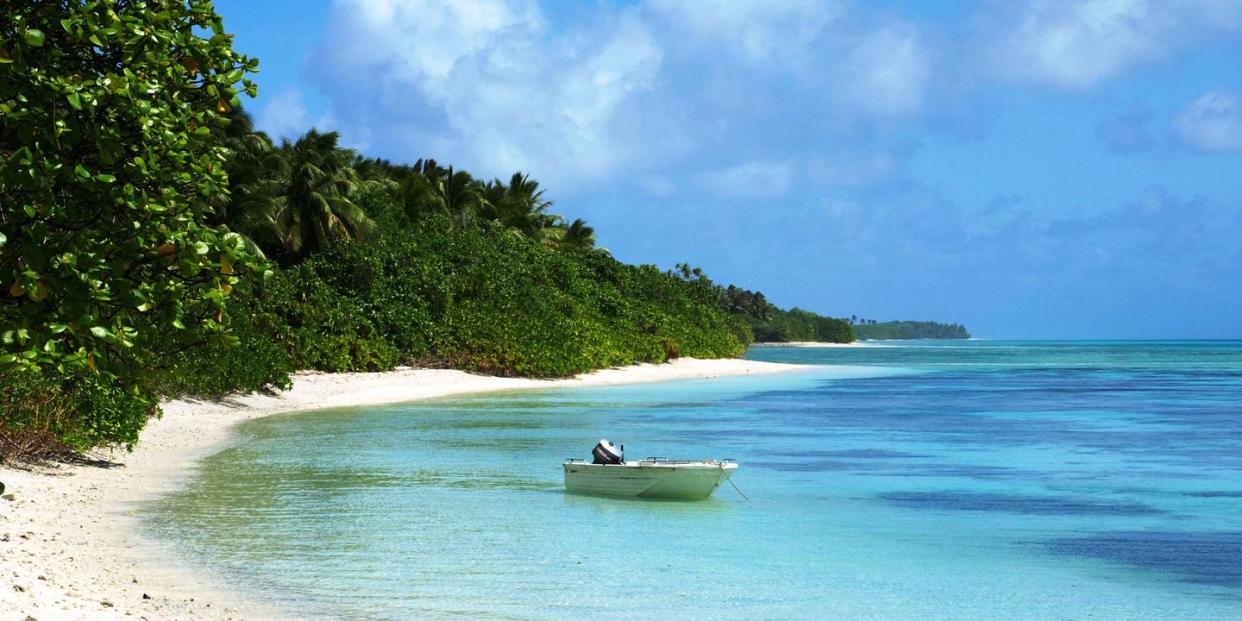A Thousand Islands Will Soon Be Uninhabitable

As the Earth gets warmer, the polar ice caps melt and sea levels rise. The more sea levels rise, the more people in low-lying coastal areas are threatened. A new study funded by the U.S. military finds that more than a thousand low-lying islands and atolls across the world will be rendered uninhabitable by mid-century due to rising seas, threatening hundreds of thousands of people as well as key military assets.
The U.S. military has long funded research into the impacts of climate change, primarily as it relates to strategic interests at home and abroad. For instance, earlier this year the Pentagon released a report finding that climate change threatened over half of all military bases.
The more recent study examines the effect of sea level rise on island water supplies, and the researchers found that sources of drinking water on many of these islands-such as groundwater or reservoirs-could become contaminated with seawater if the oceans rise by as little as 15 inches.
In even the best-case scenarios for sea level rise, we’re likely to see that extra 15 inches well before the end of the century, and possibly as soon as next decade. The highest probability scenarios place the event sometime in the 2040s or 2050s, which is further off but still a matter of just 30 years or so.
Crucially, islands like the Maldives and Marshalls will become uninhabitable even if sea levels rise according to the most optimistic roadmaps outlined in plans like the Paris Agreement, which seeks to limit warming to below 2℃ by reducing carbon emissions. Even if that plan is successful, many hundreds of islands will become uninhabitable, and hundreds of thousands of people will become climate refugees.
The changing climate also impacts U.S. military installations based on islands in the Pacific. For instance, the Ronald Reagan Ballistic Missile Defense Test Site sits on several atolls in the Marshall Islands, and it might need to be shut down or relocated in the next few decades as sea levels rise.
Unlike many climate change forecasts, there may be nothing we can do to avert this. Even in the most optimistic of cases, enough warming will occur by the end of the century to trigger that 15 inches of sea level rise. The question isn’t whether this will happen, but when. Hopefully we can delay the inevitable long enough to minimize the impact of displacing so many people.
Source: Science Advances
You Might Also Like

